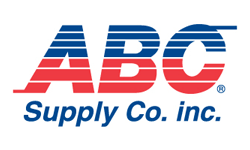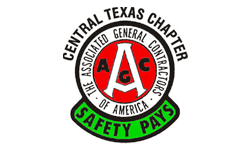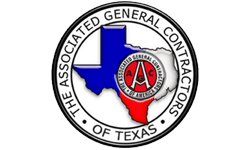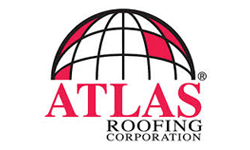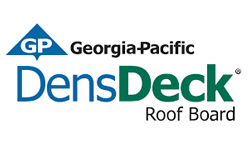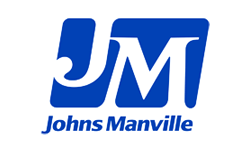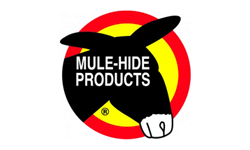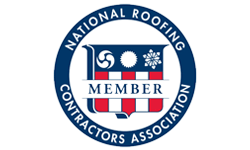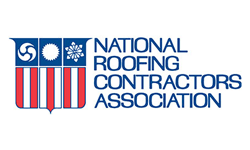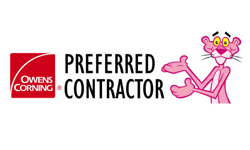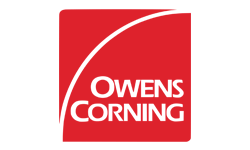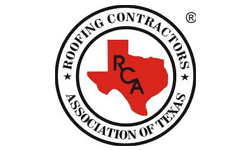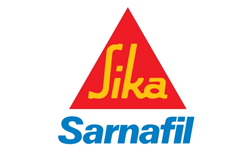To that end, expert safety trainer Cody France of Lone Star Safety spent the week at the Clark Roofing offices as part of Clark’s roofer safety program. This week’s focus was Fall Protection Competent Person Training:
- Regulations relating to all fall protection topics
- Fall hazard elimination and controls methods
- Fall hazard surveys and fall protection procedures
- Responsibilities of Competent Persons
- Detailed inspection of equipment components and systems
- Fall protection system assessments and determining when a system is unsafe
- Fall protection rescue procedures
- Selection and use of non-certified anchorages
- Fall hazard surveys
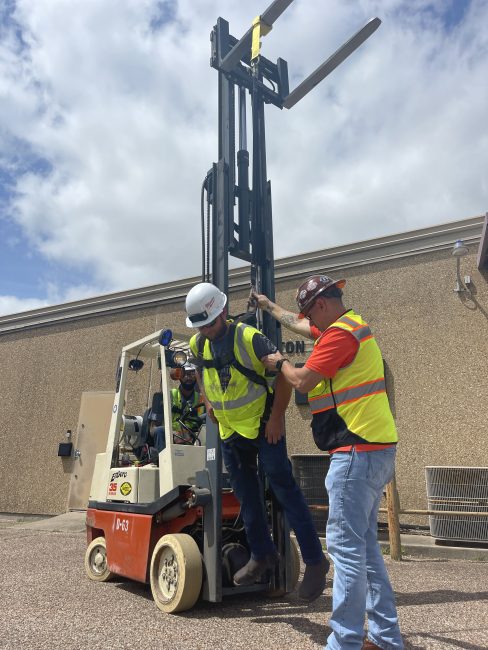 While anyone can get suited up in a harness, it is critical that it is used properly at all times. This session got the most laughs from the trainees.
While anyone can get suited up in a harness, it is critical that it is used properly at all times. This session got the most laughs from the trainees.Why Safety Training and a Roofer Safety Program?
According to Lone Star Safety’s website, safety training reduces accidents and protects employees from injuries and illness, saving the company the cost of lost time, diminished productivity, and increased insurance premiums.
- Training also assists in compliance with OSHA standards and decreases the chance of being cited and fined for safety and health violations.
- Training in general increases employee job satisfaction, motivation, and morale.
- Happy, motivated, safe, and well-trained employees are loyal employees, which means turnover goes down.
- Employee training and development provides you with a pool of skilled and knowledgeable people who can move up in the organization and fill critical jobs and perform critical functions.
- Training helps your organization ride the crest of technological change and innovation.
- Well-trained, highly skilled employees are more efficient, productive, and creative.
- Training helps you manage risks such as sexual harassment, workplace violence, and discrimination.
- A trained workforce provides the human resources to expand into new markets and seize opportunities in a highly competitive and fluid global economy.
- Training helps develop a positive organizational culture in which confident, knowledgeable, creative employees are poised to provide superior products and services to customers.
Check out the video of our 24-hour training for Clark’s Roofer Safety Program.
According to information published on February 2, 2021 on the IBEC website, roofing fatalities are not declining.
A report released by the United States Bureau of Labor Statistics (BLS) in December of 2020 shows that the number of roofing fatalities reported in 2019 was up 15% from 2018. The National Census of Fatal Occupational Injuries report showed that roofers accounted for 111 of 5,333 fatal on-the-job injuries in 2019.
This rise is especially concerning considering that in 2018, the roofing industry’s death rate was already 51.5 per 100,000, making it one of the most dangerous professions. The average rate across all occupations was 3.5 deaths per 100,000. Rates are also up among Hispanic or Latinx workers (13% higher, the highest it has been since this report started being produced in 1992). The number of fatalities in the private construction industry is up five percent from 2018, which is the highest it has been since 2007.



